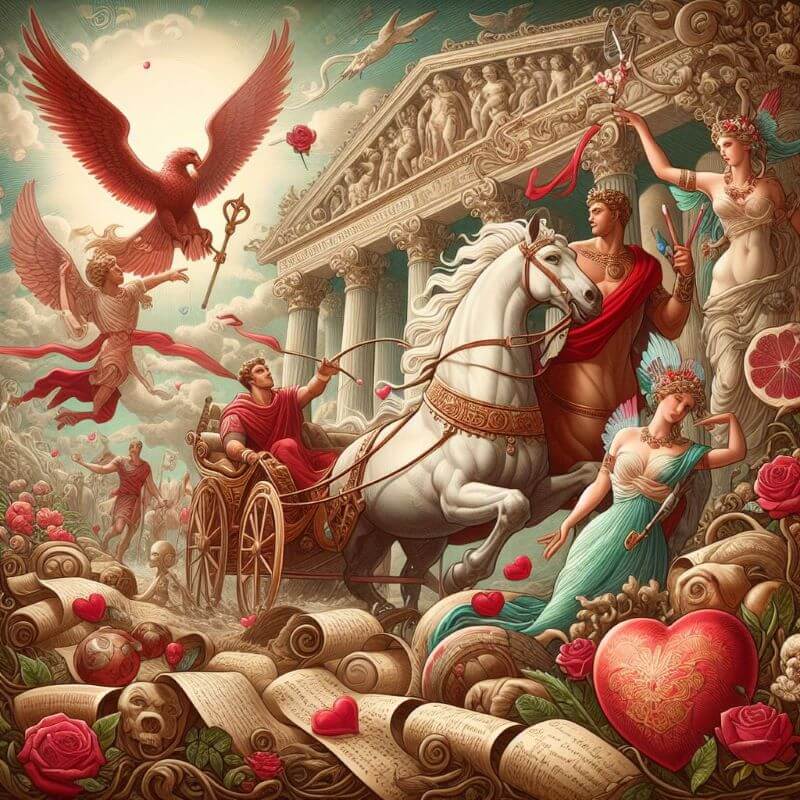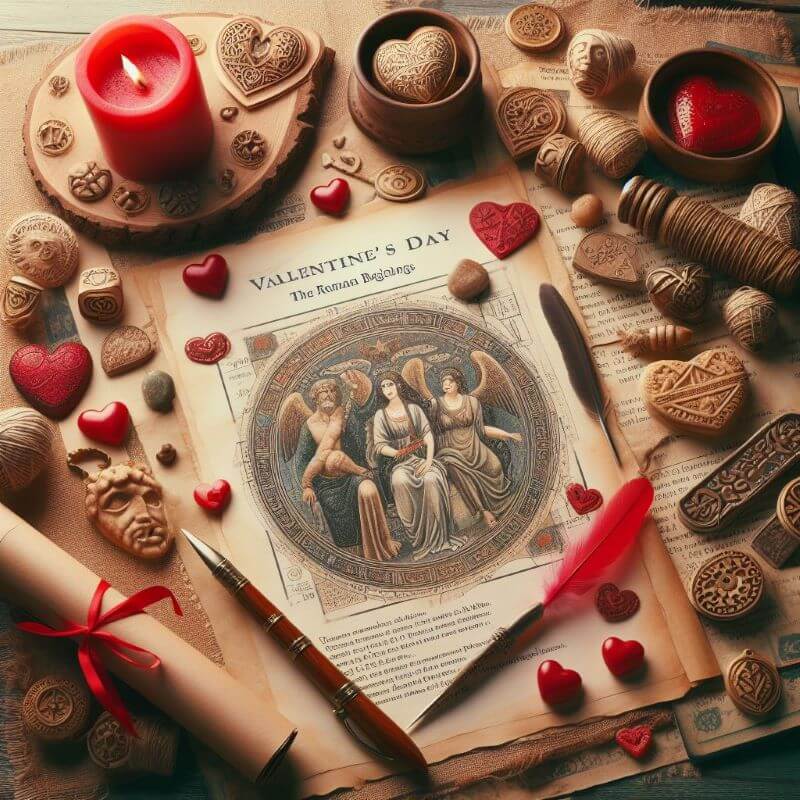Exploring Centuries of Love, History, and Cultural Transformation
Valentine’s Day, an annual celebration of love and affection, has journeyed through centuries, weaving together a tapestry of history, tradition, and romantic allure. This iconic holiday, celebrated worldwide on February 14th, has a rich and fascinating evolution that spans cultures and eras.
Valentine’s Day history begin with Ancient Roots and Roman Beginnings
The origins of Valentine’s Day trace back to ancient Rome with the festival of Lupercalia, a pagan celebration held in mid-February. This fertility festival honored Lupercus, the Roman god of fertility, and involved rituals aimed at purifying the city and promoting health and fertility. The festival also included the pairing of men and women by lottery, an early precursor to the modern-day notion of romantic partnerships.

Christian Influence and Saint Valentine
The Christianization of Lupercalia led to its association with St. Valentine, a mysterious figure believed to have been a Roman priest during the third century. Legends intertwine around St. Valentine, suggesting he defied Emperor Claudius II’s orders by performing marriages for soldiers, which was prohibited to strengthen the army. Imprisoned and sentenced to death, Valentine’s compassionate acts of love inspired the holiday’s association with romance.
Chaucer’s Influence and Romantic Ideals
During the Middle Ages, the association between love and February 14th gained prominence with Geoffrey Chaucer’s writings. Chaucer, often regarded as the father of English literature, linked St. Valentine’s Day with romantic love in his poem “Parlement of Foules,” cementing the day’s association with expressing affection and courtly love.
Commercialization and Modern-Day Celebrations
The commercialization of Valentine’s Day began in the 19th century with the mass production of Valentine’s Day cards, often intricately decorated and adorned with symbols of love like cupids, hearts, and flowers. Over time, the holiday evolved into a celebration not just for romantic partners but for expressing love to friends, family, and beyond.
Contemporary Significance and Global Celebration
In the 21st century, Valentine’s Day has transformed into a global celebration of love, marked by the exchange of gifts, romantic gestures, and expressions of affection. Its celebration has expanded beyond romantic relationships, embracing all forms of love, including self-love, friendship, and familial bonds.
Conclusion: Celebrating Love Through the Ages
Valentine’s Day continues to evolve, resonating with people worldwide as a day to celebrate love in its many forms. Its journey from ancient rituals to modern-day celebrations reflects the enduring human desire to express and cherish affection, making it a timeless tradition that transcends cultural boundaries.















